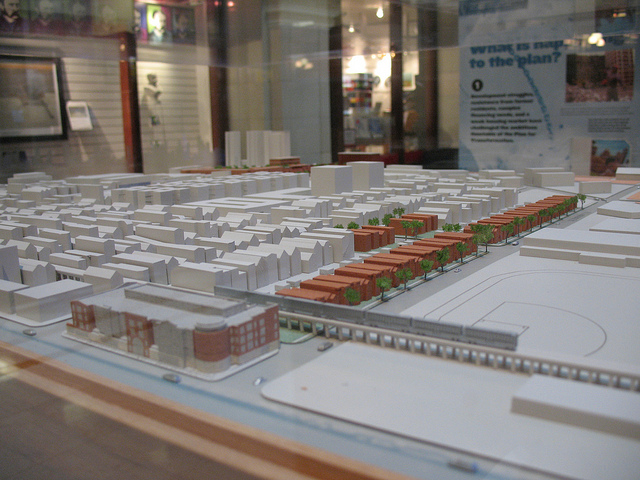CHA considers new math for mixed-income equation
By Becky Vlamis

CHA considers new math for mixed-income equation
By Becky Vlamis
It’s been 12 years since the Chicago Housing Authority embarked on its Plan for Transformation, an effort to dismantle the city’s notorious high rise housing projects and provide 25,000 new or renovated units of housing. Rather than concentrating poverty in densely-populated high rises, the plan was to create mixed-income communities that were one-third public housing, one-third affordable rentals and one-third market rate condos.
The results so far have been less than stellar. According to a recent study by the University of Chicago, only 11 percent of relocated public housing residents with a “right of return” live in mixed-income developments. Many simply left the city altogether. Megan Cottrell from the Chicago Reporter found that a third of African-Americans who left the city between 2000 and 2009 were from areas with public housing.
In a meeting last week, CHA CEO Charles Woodyard said that developments would no long need to adhere to the one-third, one-third, one-third rule and that decisions would be made on a case-by-case basis. It’s unclear what a change in the equation would look like or how this would affect current mixed-income developments.
Chicago magazine Deal Estate columnist Dennis Rodkin thinks the CHA is smart to retool. In an email, he told WBEZ, “the market-rate buyers just weren’t there.” Now, with housing prices in decline, there is even less incentive for would-be buyers to take a risk on mixed-income developments.
On Monday’s Eight Forty-Eight, Rodkin looks at what the CHA needs to do to breathe new life into its ambitious Plan for Transformation. To weigh in during the live discussion, call 312.923.9239.
